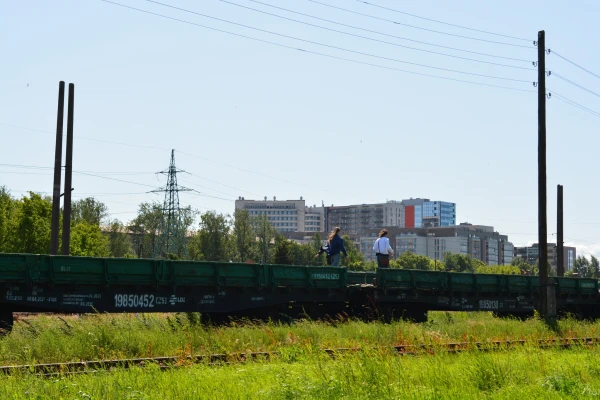
The railway monopoly of our republic is lowering forecasts for cargo transportation volumes, and revenues from the minimal set of available services continue to decline. Although these revenues are expected to be replaced by other income (from construction services and rentals) over the next few years, a decline in revenue is forecasted in the near future. Mass layoffs are ongoing.
The railway monopoly of our republic is lowering forecasts for cargo transportation volumes, and revenues from the minimal set of available services continue to decline. Although these revenues are expected to be replaced by other income (from construction services and rentals) over the next few years, a decline in revenue is forecasted in the near future. Mass layoffs are ongoing.
Nevertheless, the state railway company Latvijas Dzelzceļš (LDz) intends to spend significant funds on European projects.
Expenses Split in Half
At the last government meeting, Minister of Transport Aitis Švinka ("Progressives") presented a package of documents regarding the prospects of the state enterprise.
In particular, LDz will carry out projects in three "work packages" until 2028, both for the development and modernization and integration of systems, which "will significantly improve the management of the company's digital capacity and infrastructure." The total budget is 6 million euros.
Co-financing from the enterprise will be 3 million. CINEA – the European Climate, Infrastructure and Environment Executive Agency – will contribute the same amount.
As part of this project, LDz will develop a "digital capacity management system, ensuring its compatibility with the common systems RNE PCS CB and ECMT Fusion." The solution is being created based on the existing operational transportation management system, enhancing planning and capacity allocation functions. The system will be aligned with the European Union's regulatory requirements regarding telematics, adapting state-level IT systems to the process of redesigning the timetable and capacity (TPR), which is a requirement across Europe.
Time Requests Subsidies
Over the next 3 years, LDz intends to create a state digital infrastructure system for the railway, facilitating data exchange at the European level and ensuring interaction among participants in the railway network. The databases will include all rolling stock moving through the public railway infrastructures of the Baltic states. As promised, this solution will "significantly improve the efficiency of railway freight and passenger transportation, as well as competitiveness capabilities."
So far, there is no talk in Latvia about replacing the "Russian" gauge of steel highways at 1520 mm, however, new digital solutions will connect it with the newly constructed 1435 mm gauge infrastructure – Rail Baltica. Most importantly, all technical solutions not produced in NATO, EU, and European Economic Area countries will be removed from LDz management. Thus, the railway of Latvia will become less susceptible to hybrid threats. However, the fact remains that the cargo on the railway tracks of Latvia is decreasing. Some time ago, our newspaper reported that, according to expert calculations, the state will have to pay Latvijas Dzelzceļš subsidies of 107.2 million euros over 4 years. Otherwise, the railways face bankruptcy.


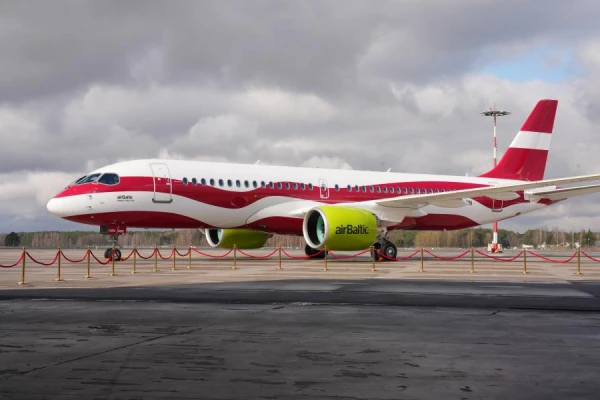
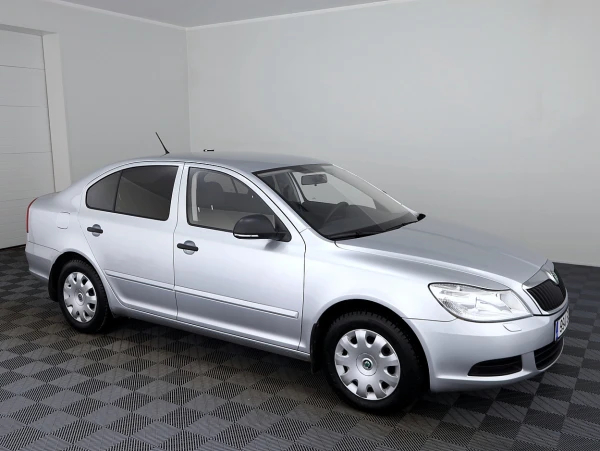
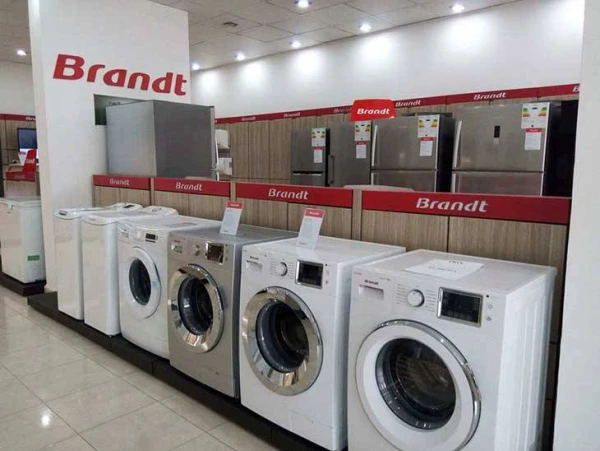

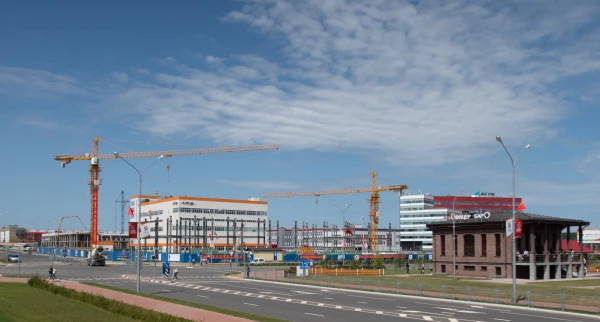
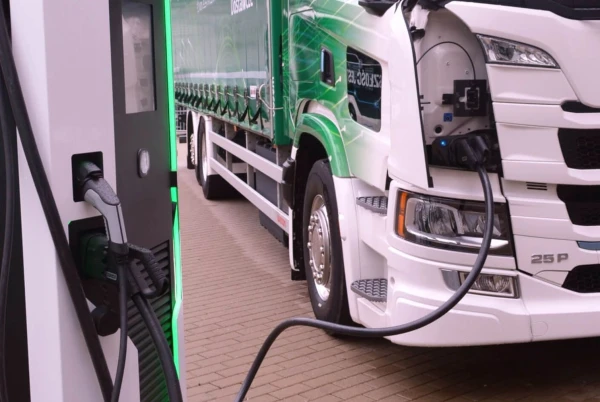
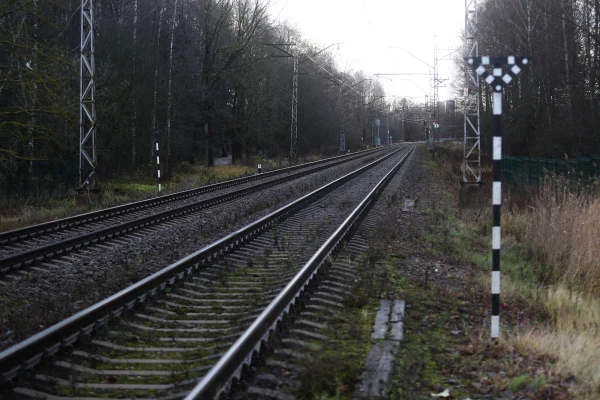
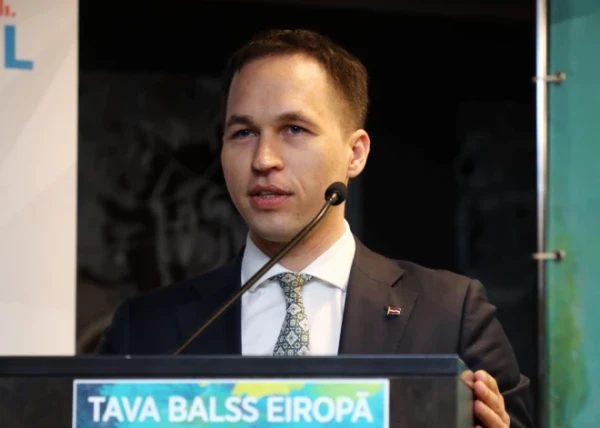



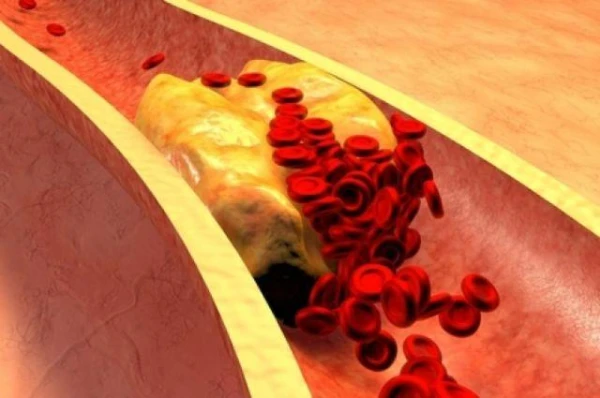


Leave a comment